Vicki Jauron, Babylon and Beyond Photography//Getty ImagesCatmint
 AlpamayoPhoto//Getty Images
AlpamayoPhoto//Getty Images
Silvery-green and strongly scented catmint is a sturdy sun-loving perennial that rabbits avoid. The purple flowers last for months and are super-attractive to pollinators. It’s also hardy in just about any soil type and is drought-resistant once established. I’ve planted it strategically in masses near other bunny favorites, which seems to deter their nibbling on more vulnerable plants.
Read more: I’m a Garden Writer and This Is What I Plant for Pollinators
Iris Jacky Parker Photography//Getty Images
Jacky Parker Photography//Getty Images
Irises come in many different varieties and forms but are reliable spring bloomers that require little care. Their thick, sword-like foliage is not appealing to rabbits. They also thrive even in poor or sandy soils.
Read more: How to Care for Irises Like a Pro
Advertisement – Continue Reading Below
Heuchera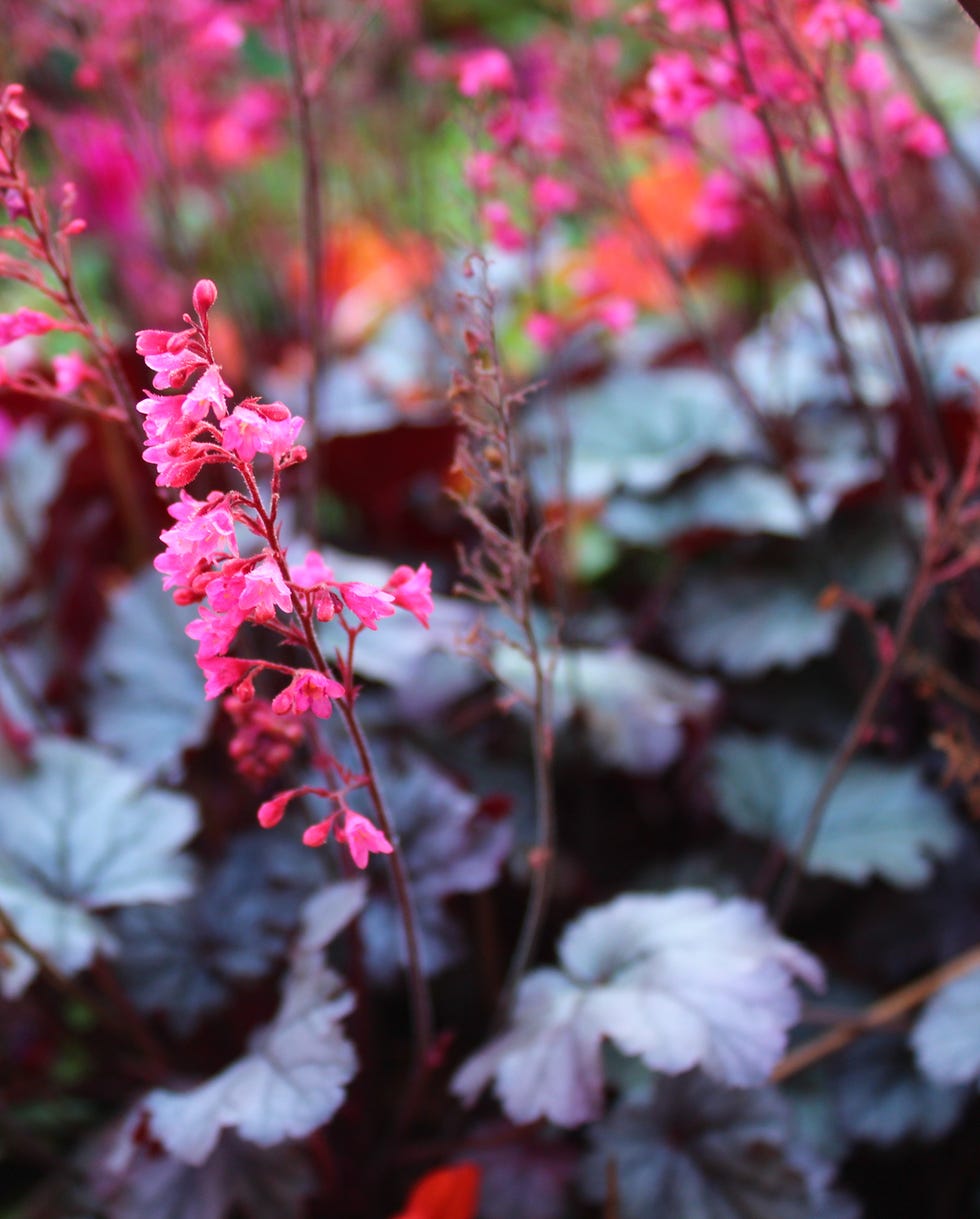 Martina Unbehauen//Getty Images
Martina Unbehauen//Getty Images
Also known as coral bells for the delicate spikes of flowers that appear in mid-summer, heuchera is grown mostly for its colorful foliage. I have many different varieties, and I add new plants every season. All have gone untouched by rabbits for nearly a decade.
Calamintkazue tanaka//Getty Images
A lesser-known perennial, calamint has minty-scented delicate leaves and teeny white flowers that make this full-sun perennial beautiful when planted in groups. It’s adaptable to many conditions, including part shade, and is drought-tolerant once established. I also like clipping stems to add to bouquets from my cutting garden. Pollinators love it, too.
Read more: How to Grow an At-Home Cutting Garden
Advertisement – Continue Reading Below
Cranesbill  Photos by R A Kearton//Getty Images
Photos by R A Kearton//Getty Images
This perennial geranium gets its name from the flowers on long stems, which resemble a crane in flight. The minty-scented foliage spreads rapidly to make a lovely, dense ground cover. The delicate flowers in hot pink, pale pink, purple or white, depending on the variety, appear in late spring to early summer. It prefers some sun, but it does best with afternoon shade in hot climates.
Read more: Care Tips for Perennial Geraniums
ArtemesiaNatalia Gdovskaia//Getty Images
Beautiful, low-growing artemisia has intricate silver foliage that provides texture and a cool backdrop for other plantings. Its leaves are slightly fuzzy, so rabbits avoid this sun-loving perennial.
Advertisement – Continue Reading Below
AgastacheimageBROKER/Reinhard Rohner//Getty Images
Also known as hummingbird mint, this handsome perennial has dense spikes of flowers in shades ranging from fuchsia to lemony yellow to salmon and deep purple. As you’d guess, hummers love the tubular-shaped flowers, but the bunnies don’t due to its strongly scented leaves. In cold climates, some varieties of this plant are considered annual.
Read more: 27 Full Sun Perennials for Years of Beauty
Daffodil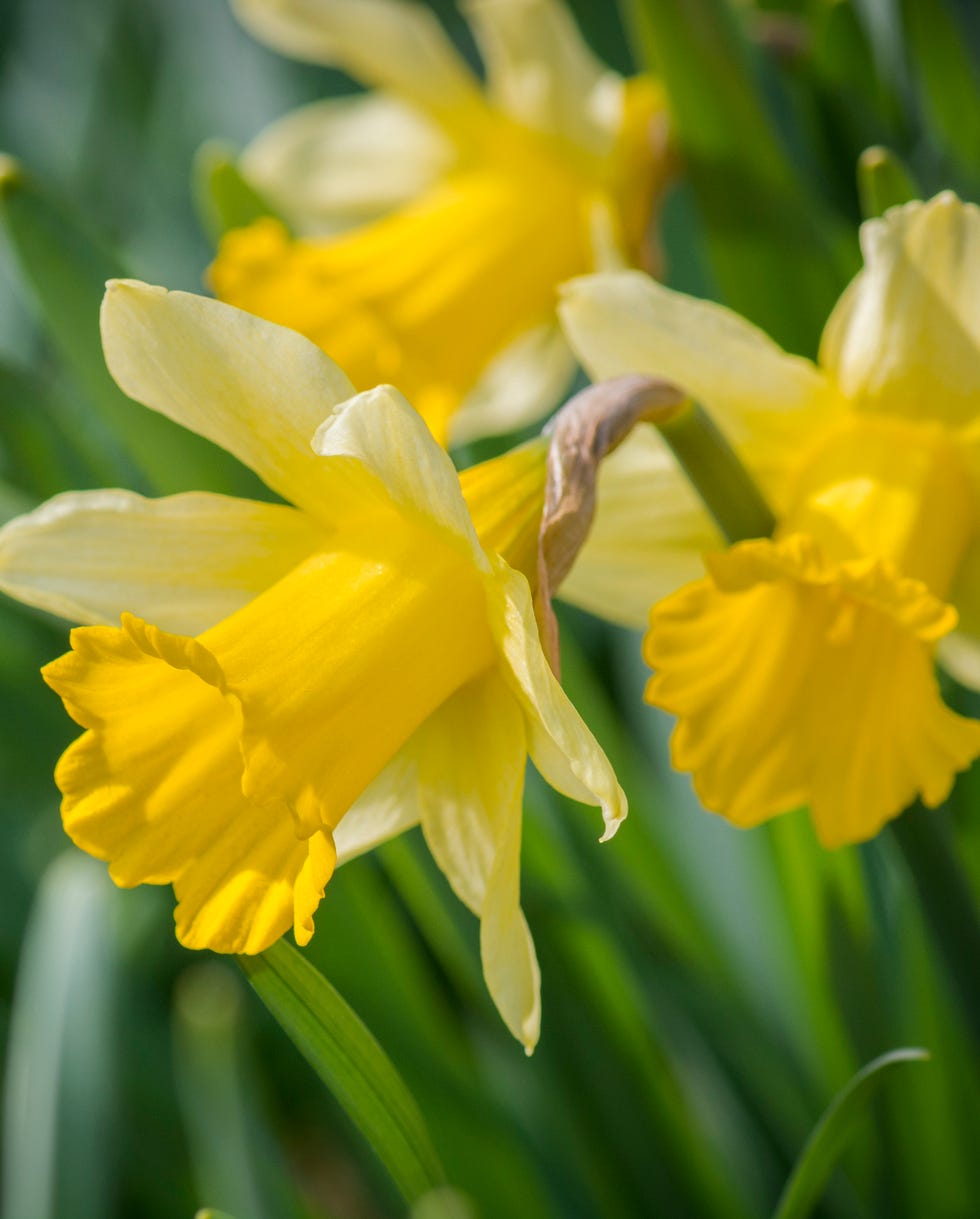 Getty Images
Getty Images
Advertisement – Continue Reading Below
Creeping Thyme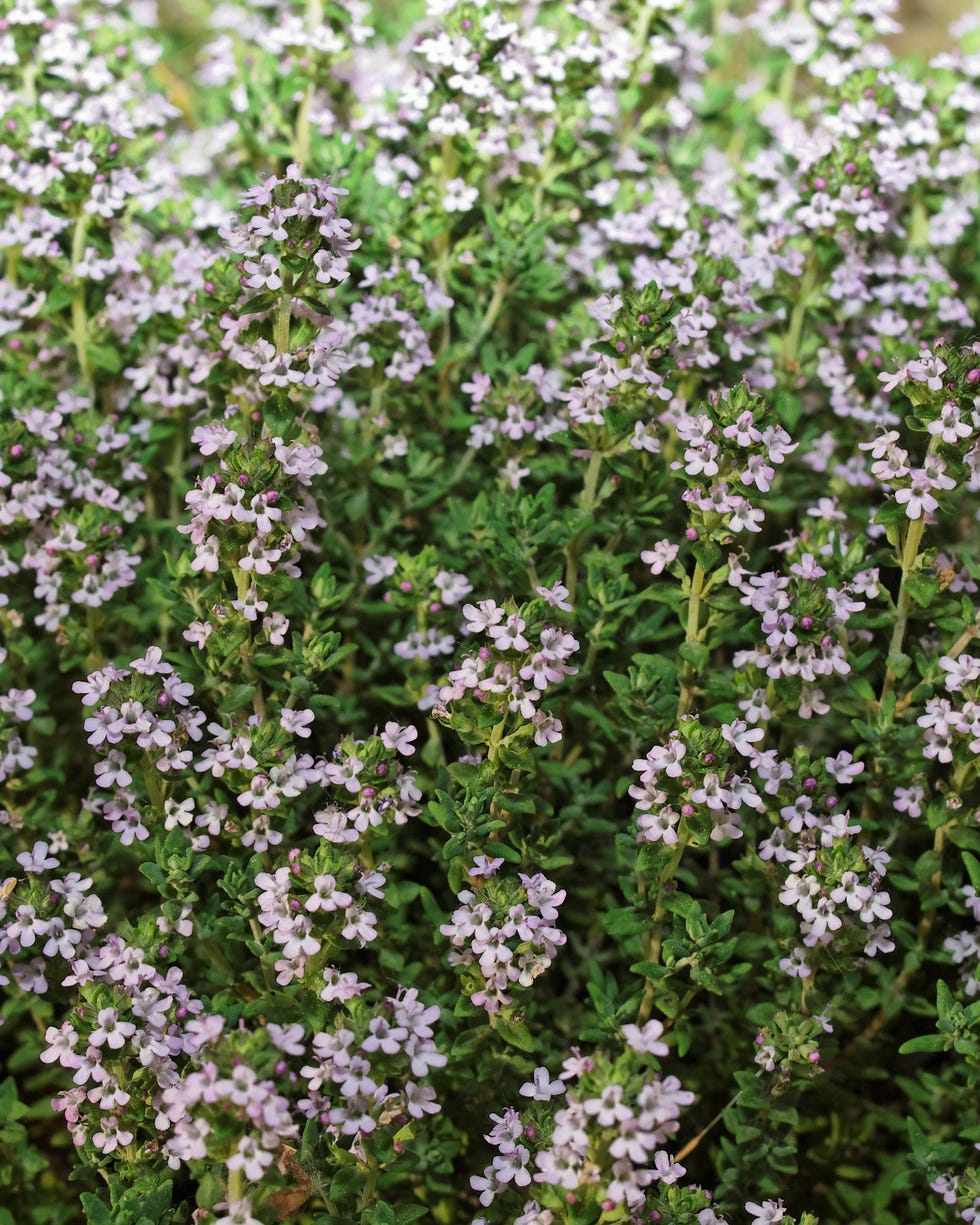 alainolympus//Getty Images
alainolympus//Getty Images
Creeping thyme is a perennial herb that needs zero care, yet it thrives even in poor soils. The tiny white, pink or purple flowers cover the plant in early summer, attracting pollinators. It’s also an excellent choice for problem areas, such as hillsides, for erosion control. Of course, it’s also edible.
Read more: 20 Perennial Herbs for the Tastiest Edible Garden Ever
Lamb’s EarMassimiliano Finzi//Getty Images
The silver, velvety leaves of this perennial, which resemble a lamb’s soft ears, make it an appealing plant for mixed borders. Its texture is what makes it less appealing to rabbits. The tall spikes of flowers are unusual and attract pollinators, so I always grow it in my garden beds.
Advertisement – Continue Reading Below
Russian Sage cstar55//Getty Images
cstar55//Getty Images
With tall, elegant spikes of pale purple flowers and silvery foliage, this perennial is outstanding in hot, dry areas. It’s planted in masses in my garden beds, adding weeks and weeks of mid to late summer color.
Sedum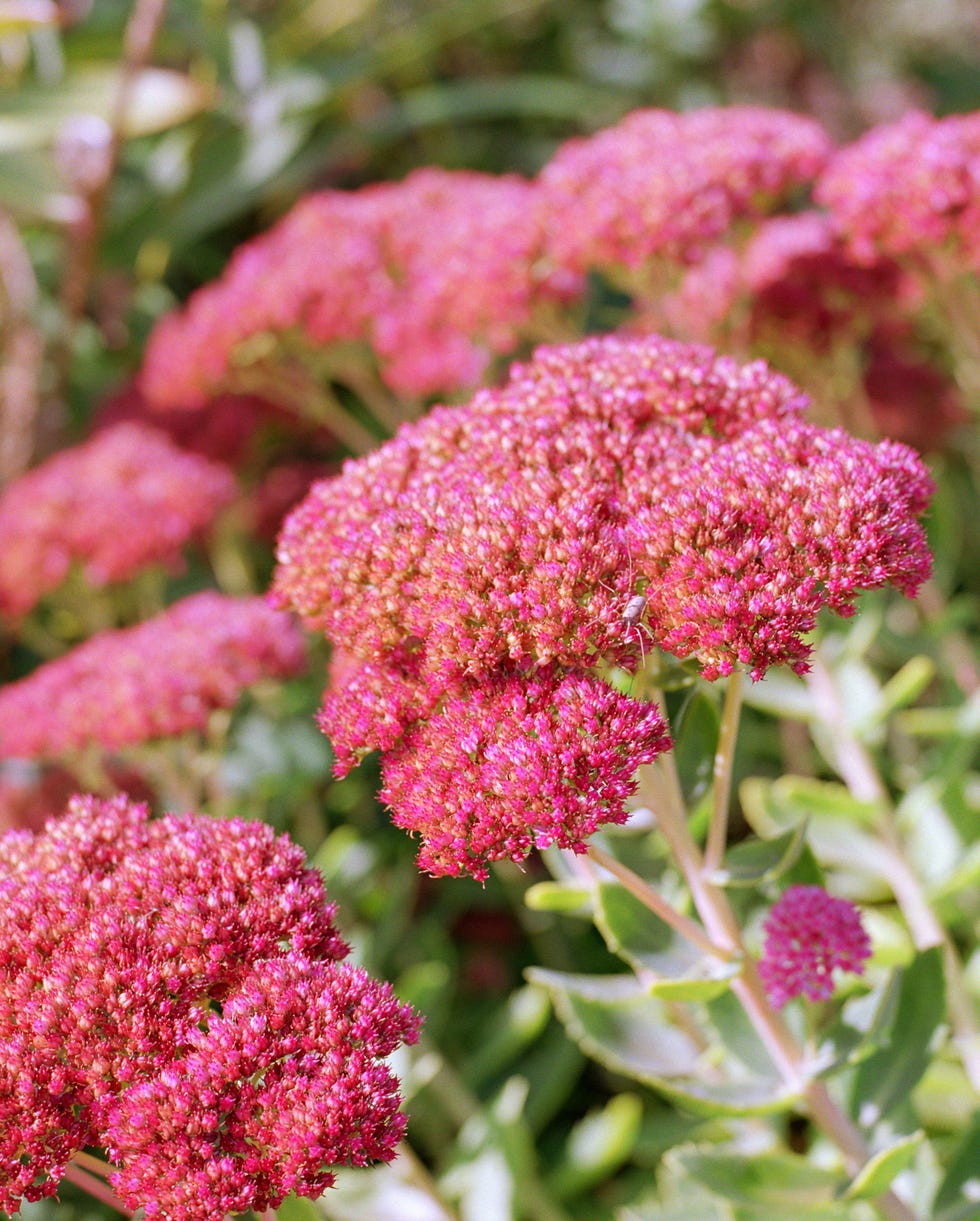 Sheila Jolley//Getty Images
Sheila Jolley//Getty Images
This succulent is available in many forms, from creeping types to upright varieties. Many types are perennial, though there are a few annual varieties, too. I like that the upright types bloom late in the season to provide pollinator support from late summer through early fall.
Read more: Autumn Joy Sedum Care: Everything You Need to Know
Advertisement – Continue Reading Below
Flossflower designermetin//Getty Images
designermetin//Getty Images
This beautiful annual is underappreciated, but it’s a favorite of pollinators, especially Monarch butterflies. The fringe-y flowers are not appealing to bunnies, so it’s a good flower for season-long color.
Read more: How to Create a Pollinator Garden That Actually Works
Montauk DaisyNathan Blaney//Getty Images
The classic daisy has plenty to recommend it: For starters, its thick, waxy foliage is rather smelly (you’ll notice if you ever need to divide or move it), so bunnies aren’t fans. However, the flowers bloom in late fall, offering welcome color quite late in the season until the first freeze.
Advertisement – Continue Reading Below
Barrenwort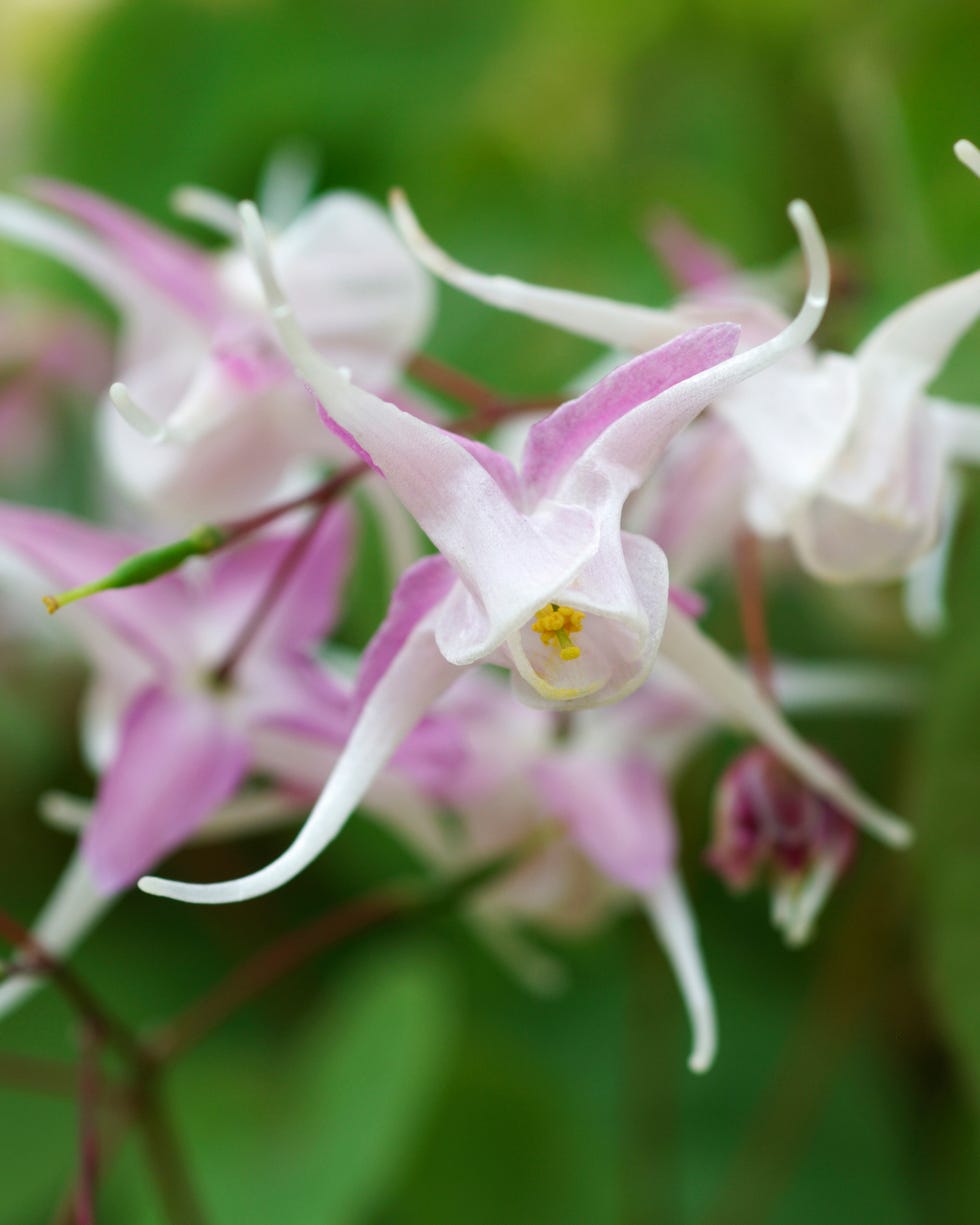 Gyro//Getty Images
Gyro//Getty Images
Also known as epimedium, the heart-shaped foliage and tiny springtime flowers make this ground cover a favorite bunny-free plant in my garden. It’s one of the few perennials that thrive in dry shade, and some varieties also have lovely fall color.
Peony Jasenka Arbanas//Getty Images
Jasenka Arbanas//Getty Images
With huge, showstopping blooms in late spring, peonies are queens of the garden for their sheer beauty and powerful fragrance. I grow several different varieties of herbaceous peonies, and rabbits have always ignored them. However, be aware that tree peonies may be slightly more susceptible to browsing.
Advertisement – Continue Reading Below
Lavender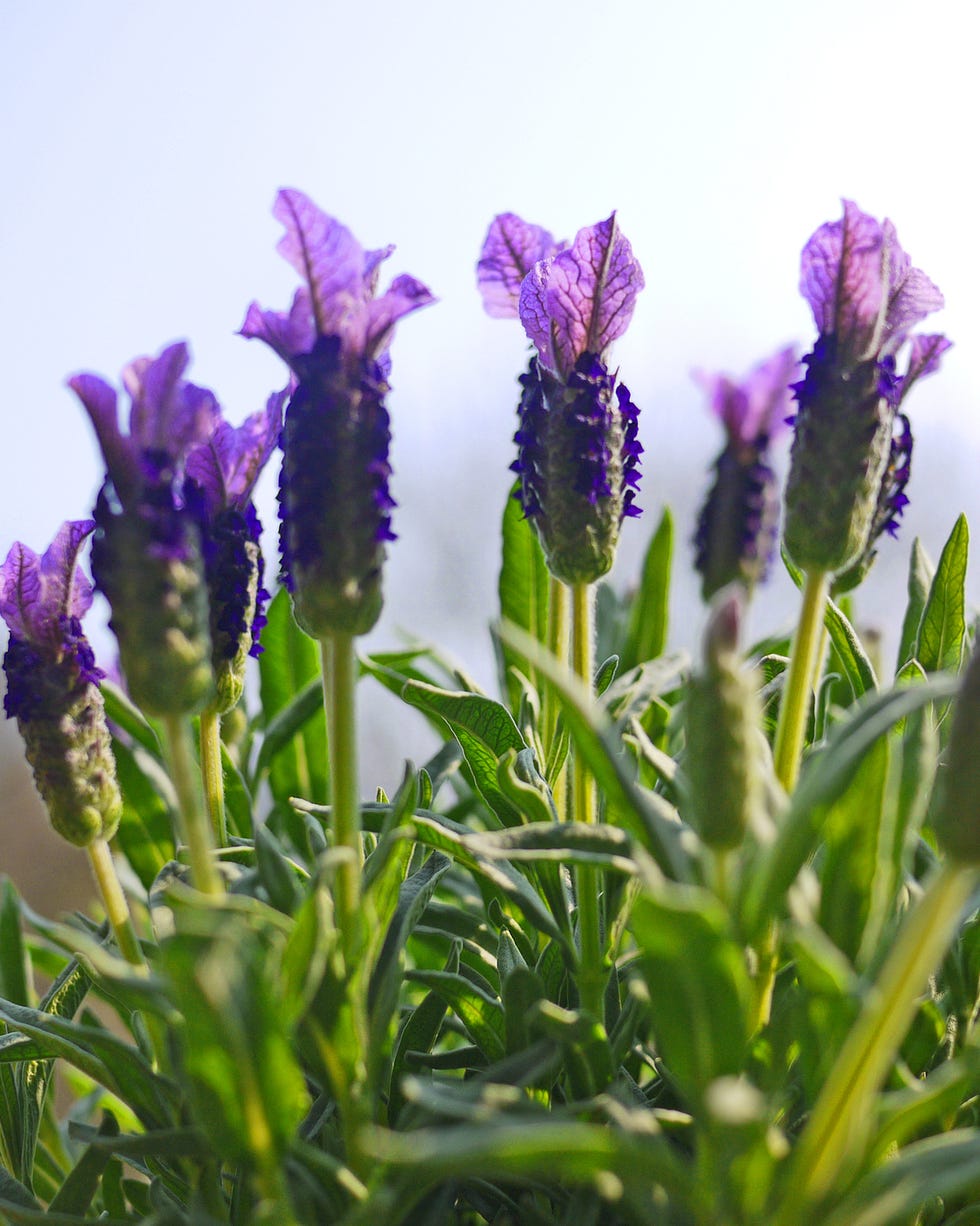 Rosmarie Wirz//Getty Images
Rosmarie Wirz//Getty Images
Lavender’s slightly fuzzy foliage and spikes of purple flowers are fragrant, so it’s not particularly tasty to rabbits. It thrives in sun, even in poor or sandy soils, and I love clipping stems for dried bouquets. There’s a lavender variety that will grow in most climates so read the plant tag to choose one that will survive your USDA Hardiness zone, or grow more tender types, such as Spanish lavender, as an annual.
Read more: How to Grow and Care for Lavender Plants
Watch Next

Advertisement – Continue Reading Below
Advertisement – Continue Reading Below
Advertisement – Continue Reading Below


Comments are closed.